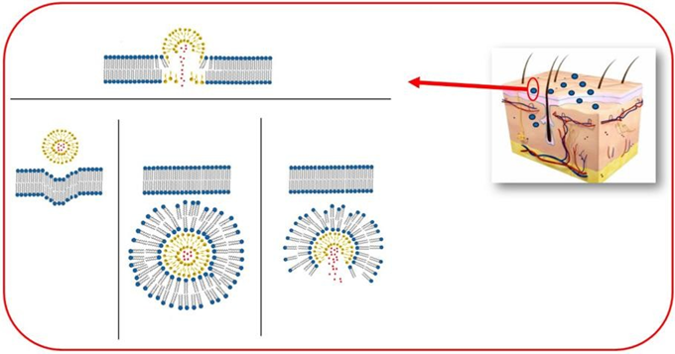Abstract
Proniosomes are one of the novel provesicular drug delivery systems which are dry formulations coated with carrier such as non ionic surfactants. Proniosomes are formulated in such a manner that they can overcome the drawbacks of niosomes such as physical instabilities, fusion and aggregation. Proniosomes can be administered by various routes like oral, Intravenous, buccal, topical, transdermal etc in which proniosomes are formulated as gels for topical drug delivery. Proniosomal gels are translucent gels and liquid lamellar crystals of vesicular bilayers which can be formed by the addition of small quantity of gelling agent or water to the dry proniosomes (mixture of non-ionic surfactant, lecithin and cholesterol). Proniosomal gels offer better resistance towards stress caused by skin flexion, mucociliary movement and better percutaneous absorption due to the non-ionic surfactants used. Because of their high stability, ease of application and better percutaneous absorption they are widely used for various category of drugs such as Antifungals, NSAIDS, Anti psychotics, Antihypertensives etc. As proniosomal gels offer good attention towards the topical drug delivery, present review focuses on its preparation methods, applications and recent developments.
Full text article
Authors

This work is licensed under a Creative Commons Attribution-NonCommercial-NoDerivatives 4.0 International License.

